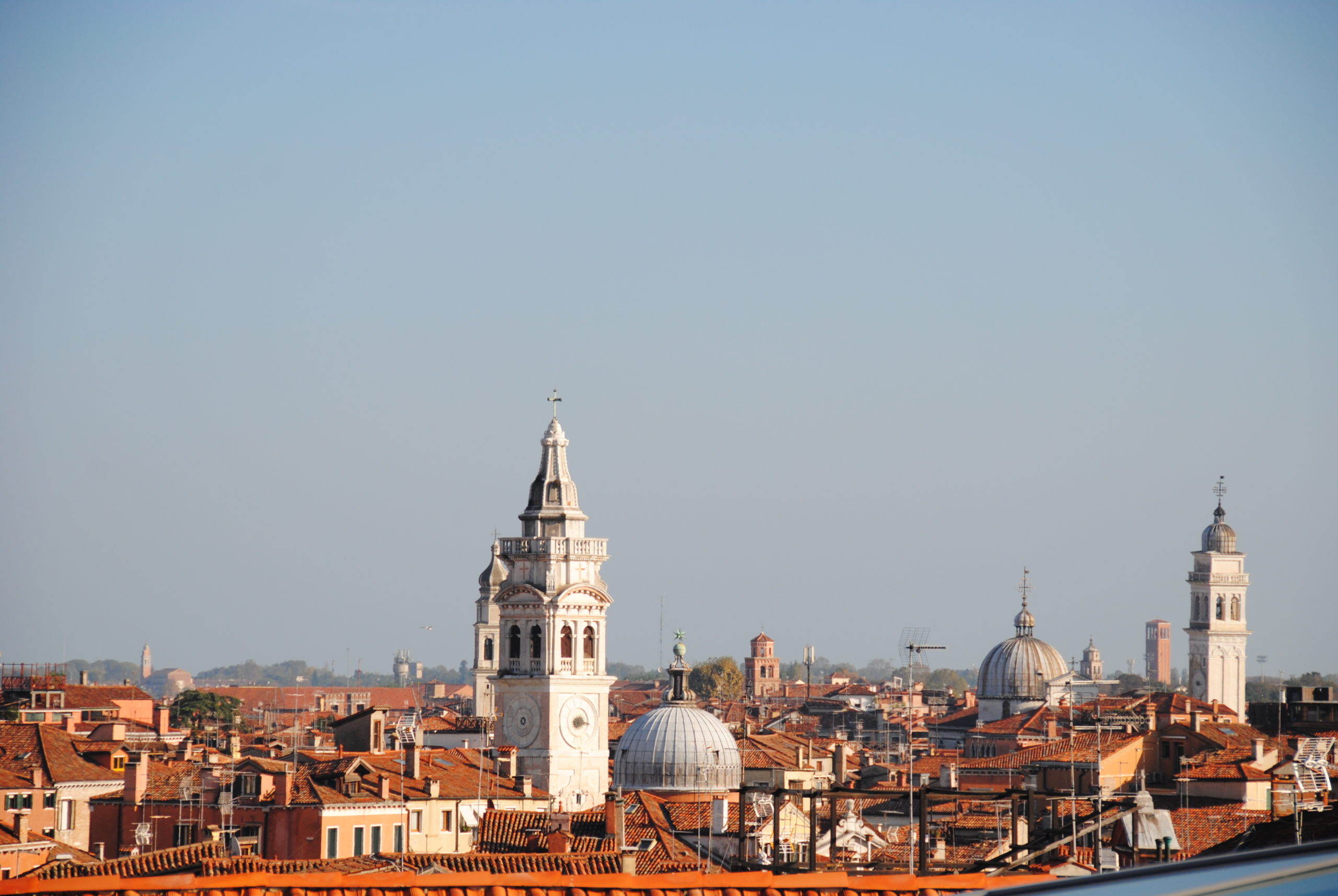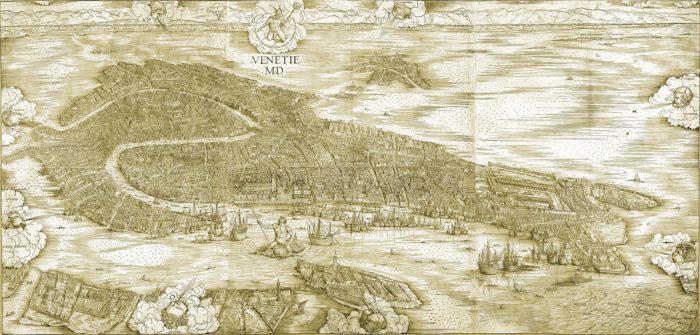
My current research project, Sin in the Serenissima, explores the policing of sexual sin and crime in 18th century Venice by both secular and ecclesiastical authorities. Venice had an unusual level of control over the sexuality of its residents, which could be policed by several courts with overlapping jurisdiction: the patriarch’s tribunal, the Inquisition (1547-1797), the Lords of the Night, the Executors against Blasphemy (1537-1797), and other criminal courts. Although the Inquisition and patriarchal courts were ecclesiastical bodies, the Venetian government controlled who held the seats of power in all four institutions and thus possessed extensive influence over the behavior of her residents. The remaining courts were arms of the Venetian government, charged by the Council of Ten with helping to maintain state security. I am examining these courts comparatively, to understand how and why the state attempted to control within communities, and how it both competed and cooperated with the Church in policing the sexual behaviors of early modern Venetians. I argue that this was a particular concern as Venice attempted to maintain its mythical image as the most serene city, the Serenissima, at the moment when its power on the world stage was waning. Beyond looking at the function of courts, I am developing a book project that will focus on how ordinary Venetians, mostly working-class women, framed their experiences and narratives in order to get the outcome they sought from the patrician men sitting in judgment in tribunals. In addition to scholarly publications, I am developing digital maps and an app exploring the geography of sin and immorality. This research has benefitted from funding from the Gladys Krieble Delmas Foundation.
One trial from this research forms the basis of a trail in the app Hidden Venice, available for free download on iOS and Android, with three tours in English and Italian. Follow the trail “Venice Unmasked” (“Venezia smascherata”) to follow the search for a serial sexual harasser in the 1730s and learn more about life and culture in 18th-century Venice.
